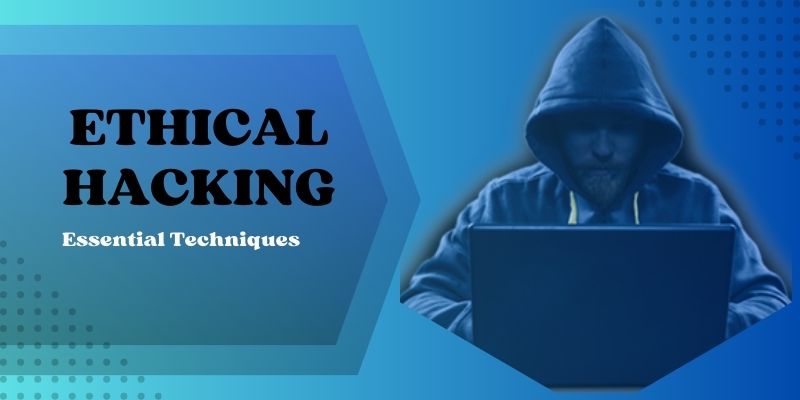
Cloud computing is already a standard practice in IT for businesses of all sizes and industries. Organizations can employ a wide range of on-demand IT services delivered remotely over the internet, thanks to the cloud, without hosting or purchasing them internally. Ethical hacking is beneficial in this situation. Ethical hackers can assist companies in patching security holes before attackers can exploit them by scouring cloud computing systems for vulnerabilities. In this blog, you will explore Ethical Hacking in Cloud Computing. If you want to become an expert in Ethical Hacking, join the Ethical Hacking Course in Chennai to improve your knowledge and ability in Ethical Hacking.
Ethical Hacking In the Cloud Computing
Ethical hacking, often known as white-hat hacking, finds problems in an IT ecosystem using various hacking techniques. Most crucially, this is accomplished with the target’s full awareness and agreement. Cloud computing resources, like the rest of the IT environment, must be evaluated for security flaws in ethical hacking.
Essential Techniques for Cloud Hacking
We’ll delve deeper into cloud hacking methods now that we’ve answered the question, “What is cloud hacking?” Here are some instances of cloud computing threats that ethical hackers should be aware of:
Brute-force attacks: A brute-force technique, which involves trying various username and password combinations, is the most basic kind of cloud hacking. As with any other attack, once inside the system, enemies can create havoc and steal data from the cloud.
Phishing: An alternative to brute-force attacks is phishing, which allows a reliable third party to get user credentials. An even more advanced tactic is spear phishing, which sends a personalized message to a single person. Enroll in the Hacking Course Online to learn more about Ethical Hacking, which will provide you with all the information you need about phishing.
Credential stuffing: The company is vulnerable to a credential stuffing attack if staff members use the same usernames and passwords for many services. Adversaries can examine lists of user credentials taken from an earlier attack to determine which ones correspond to legitimate accounts on other IT systems.
Exploiting misconfigurations: Careless businesses risk leaving their cloud assets exposed to the public and incorrectly configured, which gives hackers access to the network.
Ransomware transfers: Ransomware frequently moves from one on-premises database to another, impacting cloud storage services almost as severely. There has been an increase in so-called “ransomcloud” attacks during the last few years.
Server-side request forgery: A web application may commit server-side request forgery (SSRF) if it does not verify a URL that a malevolent user provides. Attackers can present an application with a URL that instructs it to seek or deliver information that is ordinarily prohibited.
From this blog, we understand the Ethical Hacking In Cloud Computing and the Essential Techniques for Cloud Hacking. If you want to learn more about Ethical Hacking, Join the Ethical Hacking Course in Bangalore offered by FITA Academy, where you can enhance your knowledge and ability in Ethical Hacking.
Also Check: 10 Ways to Protect Your Device From Hackers Ethically